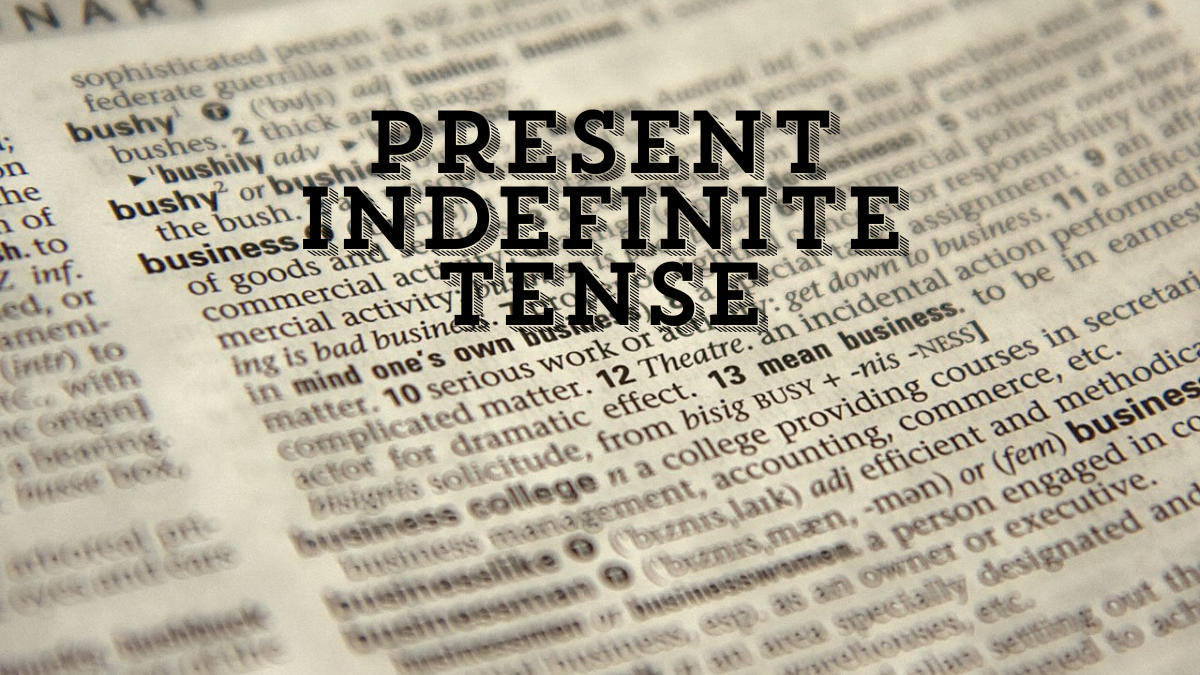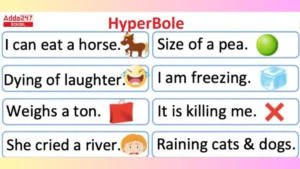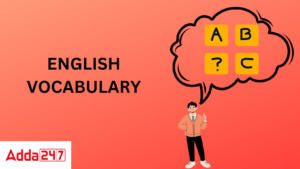Table of Contents
The present indefinite tense is a verb tense used to represent regular or habitual actions, truths that are always true, and states of being. It’s also used to make broad generalizations about items or individuals. The base form of the verb is used to create the simple present indefinite tense. The verb “to eat,” for example, would be “eat” in the simple indefinite tense. If the sentence’s subject is single, the verb will end in “s” or “es.” For instance, “I eat” and “she eats.” The verb does not change if the subject of the phrase is plural. As in, “we eat” and “they eat.”
Present Indefinite Tense
The simple present (also called present simple or present indefinite) is a verb form used to indicate repetition, habit, or generalization. Less commonly, you can use the present indefinite tense to discuss a planned action in the near future. Also, in some cases, you can talk about actions that are currently taking place.
Read on for detailed explanations, examples, and simple present tense exercises.
Simple Present Indefinite Tense Definition
The definition of Simple Present Tense is: According to the Cambridge Dictionary, the simple present tense of verbs in a sentence is defined as “a tense used to refer to events, actions, and states that are occurring at all times or are presently present.”
The Cambridge Dictionary provides a more detailed definition of the simple present tense. According to them, “The present tense of a verb is what is used to talk about something that happens regularly or a situation that exists at the time. The present tense uses the base or ‘s’ form of the verb”. For example, “I play her tennis twice a week” or “She works at a bank”.
Present Indefinite Tense Formula
The present indefinite tense formula is given below
| Subject + base form of the verb/verb+s/es(if needed) + rest of the sentence. |
If the subject is third person singular then ‘s’ or ‘es’ will be added in the base form of the verb.
The formation of the simple present tense can be analyzed with reference to positive, negative, interrogative, and negative interrogative types of sentences. Have a look at the table given below for a better understanding.
| Positive | Negative | Interrogative | Negative Interrogative |
| Subject + base form of the verb / verb + s/es + the rest of the sentence | Subject + do/does + not + base form of the verb + the rest of the sentence
(or) Subject + don’t/doesn’t + base form of the verb + the rest of the sentence |
Do/does + subject + base form of the verb + the rest of the sentence? | Do/does + subject + not + base form of the verb + the rest of the sentence?
(or) Don’t/doesn’t+ subject + base form of the verb + the rest of the sentence? |
Examples
|
Examples
|
Examples
|
Examples
|
Present Indefinite Tense Structure
The Present Indefinite Tense (also known as the Simple Present Tense) is used to describe actions that are habitual, general truths, or timeless facts. Here’s the structure:
Affirmative Sentences
Subject + Base Form of Verb (V1)
Example: He eats breakfast every morning.
Structure:
For singular subjects (he, she, it): Add s/es to the base verb.
Example: She runs fast.
For plural subjects (we, they) or I/you: Use the base verb without any changes.
Example: They play football every day.
Negative Sentences
Subject + Do/Does + Not + Base Form of Verb
Example: She does not eat meat.
Structure:
Use “does not” for singular subjects (he, she, it).
Example: He does not like coffee.
Use “do not” for plural subjects (we, they) or I/you.
Example: I do not understand.
Interrogative Sentences
Do/Does + Subject + Base Form of Verb?
Example: Does she read books?
Structure:
Use “Does” for singular subjects (he, she, it).
Example: Does he live here?
Use “Do” for plural subjects (we, they) or I/you.
Example: Do they know him?
Present Indefinite Tense Rules
There are some rules and points to remember when using simple presents correctly and effectively. This is because a sentence or context doesn’t make sense if the verb doesn’t match the subject of the sentence.
- The first thing to understand about the simple present tense is that most of the time the verb appears in its base form.
- If the subject is third person singular in the simple present tense (he, she, that), add s, es, or ies to the base form of the verb.
- To regular verbs just add an s – Ex: travel -travels, give – gives, play -plays
- To verbs that end in s, ss, sh, ch, x, and o, add es – Ex: wash – washes, mix -mixes, go -goes
- To verbs end in y after a consonant (any letter that isn’t a vowel), change the y to i and add es. Ex: study -studies, fly – flies
How to Use Simple Present Indefinite Tense in Sentences
Some uses are given below for Simple Present Tense:
- Use the simple present tense when talking about actions or situations in “general time.”
- It doesn’t matter that the action happens when you speak.
- The situation is a general truth or perhaps permanent.
- Describe a series of actions that occur in succession (habitual).
- You can use the simple present tense to indicate scheduled events.
Present Indefinite Tense Examples
Here, we will discuss some examples of Simple Present Tense
- She goes for a walk early in the morning.
- Mala goes to the cafe every week.
- The teacher teaches the coaching.
- Do you want to come with us?
- He doesn’t go to school regularly.
- Maria never wears nice clothes.
- Don’t you speak well English?
- My mom doesn’t go to the market every day.
- The train arrives on time.
- Crickets don’t store nuts for the winter.
- Rivers flow towards the ocean.
- James never brushes her teeth regularly.
- He loves to play cricket every Sunday.
- Ashu and I go to the mall every Sunday.
- My Father doesn’t work in America.
- Do other people also come to you?
- My aunty cooks delicious food.
- She usually eats diet food.
- We never go to the hill station.
- Does she go to school by bus?
Present Indefinite Tense Exercise
Q.1 Fill in the blanks with the correct form of the verb as given in the brackets.
- He ______ to the office every day. (go)
- When ____ you go to school? (does)
- She _______ she is so intelligent. (think)
- Does he _____ in India? (lives)
- I ______ a letter to my father every month. (wrote)
- He _____ to college regularly. (go-negative)
- I_______ left after seeing the crowd. (take)
- Please _______ off the phones while meeting. (switch)
- Dogs …………………….at family members. (not bark)
- Tom told me that he will meet me before I _____ for Bangalore. (leave)
Answers
- He goes to the office every day. (go)
- When do you go to school? (does)
- She thinks she is so intelligent. (think)
- Does he live in India? (lives)
- I write a letter to my father every month. (wrote)
- He doesn’t go to college regularly. (go-negative)
- I take a left after seeing the crowd. (take)
- Please switch off the phones while meeting. (switch)
- Dogs don’t bark at family members. (not bark)
- Tom told me that he will meet me before I leave for Bangalore. (leave)
| Related Post: | |
| Present Perfect Tense | Present Continuous Tense |
| Simple Present Tense | Present Perfect Continuous Tense |










 Hyperbole- Explanation, Definition, Exam...
Hyperbole- Explanation, Definition, Exam...
 500+ Antonyms Words List for Kids, Downl...
500+ Antonyms Words List for Kids, Downl...
 Vocabulary Words with Meaning and Senten...
Vocabulary Words with Meaning and Senten...










